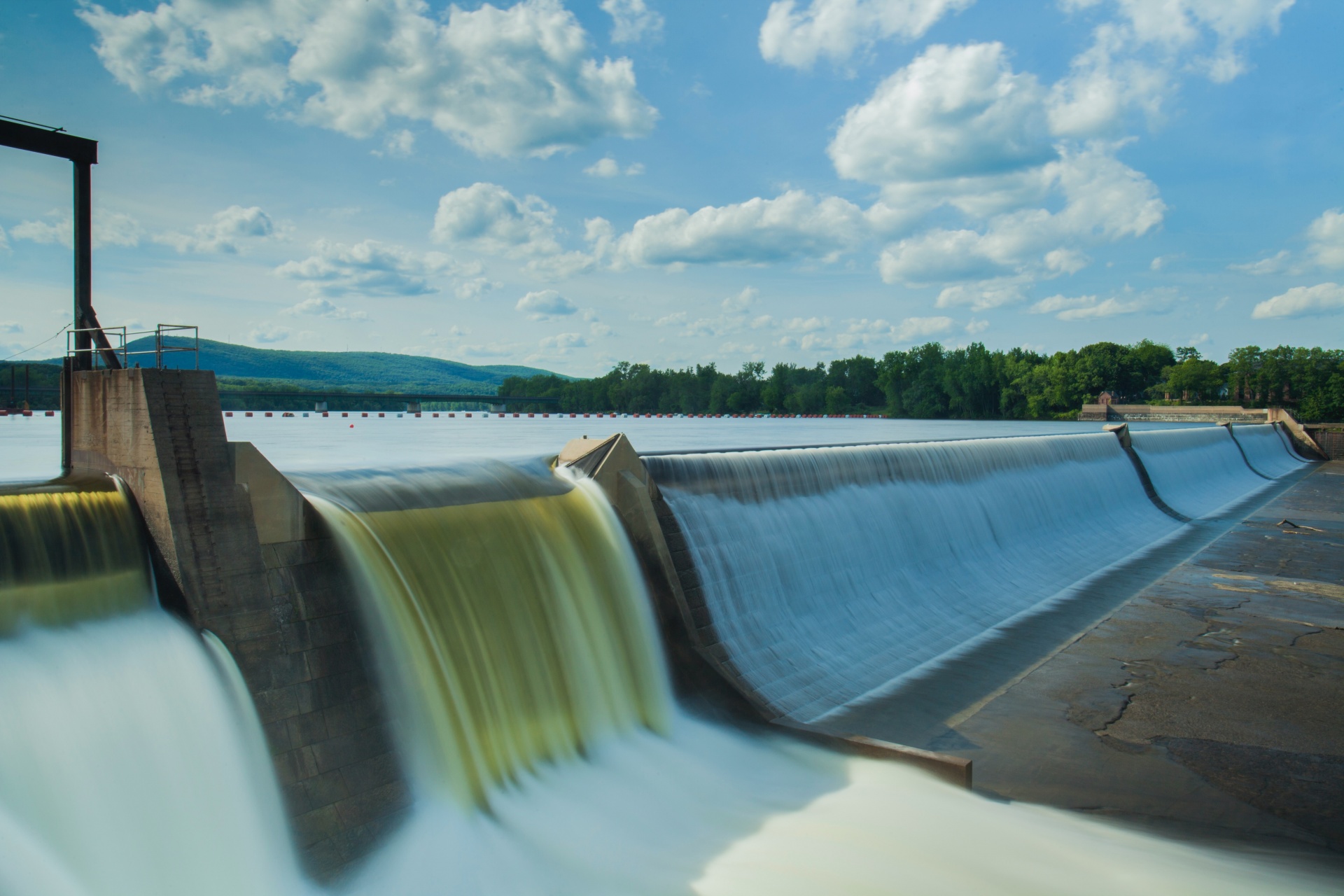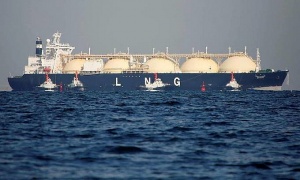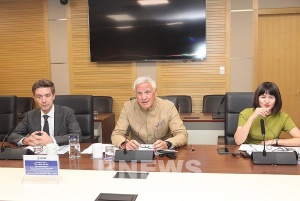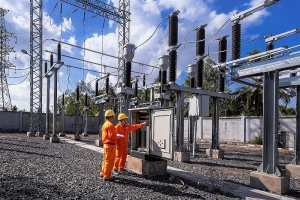EVN proposes accelerated electricity imports from Laos
 |
EVN has urged the Ministry of Industry and Trade (MoIT) to expedite electricity imports from Laos in a bid to amplify the power supply in the North by 2025, as reported by local newswire VNExpress on September 25.
The strategic import of electricity from Laos is emerging as a linchpin in the mitigation of potential electricity shortfalls over the coming dry seasons. The approach is underscored by both meticulous operational foresight and a diplomatic synergy, entrenched in the 2019 cooperation agreement between Vietnam and Laos.
According to the National Power Development Plan VIII, and thanks to the cooperation agreement, Vietnam plans to purchase 3,000MW of electricity from Laos by 2025, with potential increments to 5,000MW by 2030 and 8,000MW thereafter if conditions permit.
EVN’s recent proposition entails importing over 225MW from Laotian hydro and wind power plants including Nam Mo and Houay Koauan, and integrating with projects like Savan 1 and 2. The move is crucial, as no major power projects are anticipated to enter operation from now until 2025, leading to potential power shortages in the North during the peak dry seasons over the coming two years.
EVN's calculations suggest a possible shortage of over 3,630MW, and production of only 6.8 billion kilowatt hours during the peak dry months (May-July) in 2025.
"The additional 225MW of imported power from Laos is anticipated to augment the power supply substantially, ensuring consistent energy provision for the northern regions in the ensuing years," stated an official from EVN.
These power projects are expected to connect to the operational 220 kilovolt lines, negating any auxiliary investment in the Vietnamese grid.
Moreover, the competitive pricing of electricity from Laotian hydro plants at approximately 6.95 US cents per kWh makes it more economical compared to various domestic sources like solar (7.09-9.35 US cents per kWh), wind (8.5-9.8 US cents per kWh), domestic gas (8.24 US cents per kWh), and coal (7.23-8.45 US cents per kWh).
Regarding EVN's suggestion about the integration with the Savan 1 and 2 wind power plants, the MoIT assured that it would occur once the electricity purchase and incorporation of related grid projects into the power development planning have been approved.
The MoIT also requires EVN to finalise the documents for approval of the power purchase and submit them for consideration and a final decision.
In August, the Prime Minister approved the import of 2,698MW of electricity from Laos, with EVN signing Power Purchase Agreements with investors for a total capacity of 2,240MW.
Currently, six power plants have been approved to receive imports from Laos, with a total capacity of 449MW. Of these, four projects (249MW) are in the negotiation stage between EVN's Power Purchase Company and investors. The investors of the other two hydroelectric plants, Nam Kong 1 (160MW) and Nam Mouan (100MW), have announced the cessation of sales.
Beyond Laos, Vietnam also purchases electricity from China through a 110kV line. During recent peak heatwaves in the North, the amount of electricity imported from Laos and China stood at about 11 million kWh per day, equating to a tenth of the area's demands.
 | Phu My 3 to rely on costlier LNG The Phu My 3 power plant faces challenges as it transitions from BOT (build-operate-transfer) to Vietnamese control in March next year, marking the culmination of a 20-year contract, according to a recent announcement from the Ministry of Industry and Trade (MoIT) |
 | EIB and EVN explore offshore wind energy collaboration The European Investment Bank (EIB) and Vietnam Electricity Group (EVN) are deepening ties, with advanced loan discussions centred on the Bac Ai hydropower project. |
 | Vietnam Electricity incurs further losses so far this year Vietnam Electricity (EVN) has recorded losses of $1.21 billion in the first eight months of this year, adding to last year's woes. |
What the stars mean:
★ Poor ★ ★ Promising ★★★ Good ★★★★ Very good ★★★★★ Exceptional
Related Contents
Latest News
More News
- Global partnerships key to Vietnam’s IFC development (December 26, 2025 | 16:18)
- Vingroup pulls out of bid to invest in North-South high-speed railway (December 26, 2025 | 11:42)
- Strengthening supply chains through trade promotions and customs reform (December 24, 2025 | 14:00)
- PM orders investment model for North–South high-speed rail (December 22, 2025 | 17:43)
- LS Eco Energy to invest in Vietnam rare earth sector (December 22, 2025 | 17:31)
- Government moves to establish International Financial Centre (December 21, 2025 | 21:00)
- Vietnam's IFC to target global investment flows (December 21, 2025 | 18:00)
- Two national hospitals expand capacity with new facilities (December 20, 2025 | 09:00)
- Ha Tinh breaks ground on major Vingroup industrial and energy projects (December 19, 2025 | 18:24)
- EVN launches major power infrastructure projects nationwide (December 19, 2025 | 18:17)

 Tag:
Tag:





















 Mobile Version
Mobile Version